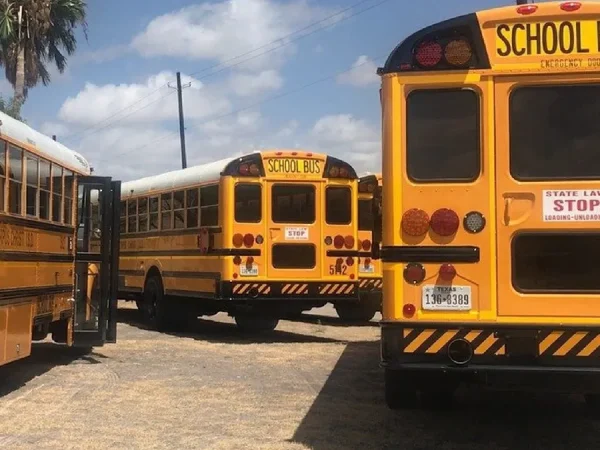Magnet programs warrant some criticism
*Opinions expressed in this article represent the views of the editorial board and not necessarily those of the school population or administration.
The magnet programs, while having the advantages of preparing students for future academic success and promoting diversity in schools, widen the opportunity gaps in MCPS and create competition among their students.
Originally, magnet programs were established to promote desegregation by drawing in students from racially diverse backgrounds with their curricula created to allow students to challenge themselves and explore specific subjects which interest them. They encourage racial and class diversity as well as provide opportunities for a wider array of students to succeed academically.
Independent Studies Program (ISP) junior Hanna Biedron commented on how magnet programs have impacted her educational experience.
“I think [magnet programs] prepare us for college pretty well in terms of all the AP classes we have to take and all the college visits they offer,” Biedron said.
However, magnet programs have not been beneficial with closing the opportunity gaps in MCPS. While magnet programs have been designed to attract all students to their programs, they have tended to mainly draw in students from economically and socially advantaged families.
According to a report conducted by the Learning Policy Institute, there are a number of reasons for this disparity. For instance, the report details that low-income families often aren’t provided as much information about the magnet program as higher-income families and that selection bias in admissions exams can limit low-income students from entering the programs. Another study by the Department of Sociology and Anthropology of North Carolina University states that lower income families are less likely than middle class families to have the resources, knowledge and networks to evaluate schools for their students based on their interests.
Magnet programs boost already academically inclined students while diverting the attention away from education in public schools. Magnet schools are provided more funding than public schools and thus are given better resources to educate students. In 2013, the US Department of Education designated nearly $90 million in special grants to magnet schools throughout the country while, according to the MCPS budget website, public schools in MCPS were provided $2.68 billion for 206 schools, meaning each school gets only around $13 million.
“Kids who do make it into the magnet programs are required to take more advanced courses and [as a result] advanced kids then get more advanced, which is good for them, but kids who don’t [get into the magnet programs] aren’t as heavily encouraged to take these advanced courses,” Biedron said.
This broadens achievement gaps across MCPS, with magnet students gaining significantly more resources to help with their academic goals compared to students in other public schools across the county.
The magnets at Poolesville also risk creating division among the students. Magnet programs allow students to build deeper connections with their peers in their houses; however this can cause increased competition among houses that can be detrimental for the school’s environment.
“I think that there is a level of division that the magnets create,” said social studies teacher Mr Steven Watson. “Some of it is good-natured competition which I honestly think is natural and healthy. However, I am concerned about some of the stereotypes about kids that ‘belong to this house’ or that house.”

Ishani is a junior in the Humanities program. This is her first year with The Pulse. Outside of school, she is involved with the Poolesville Forensics...








